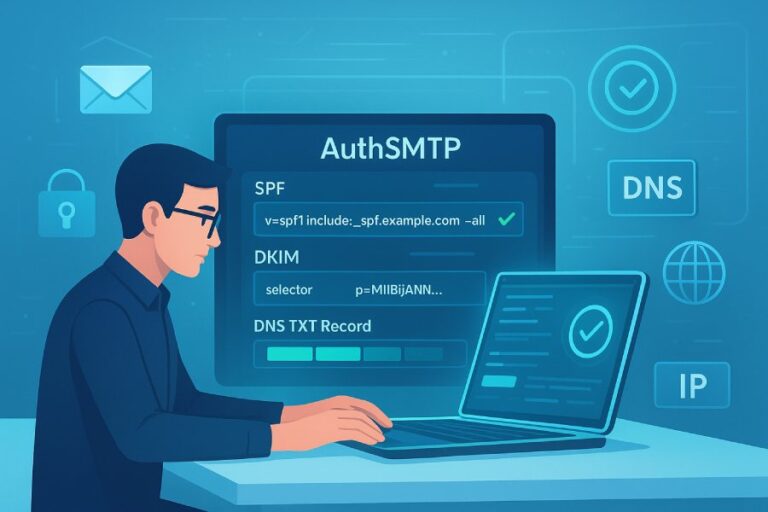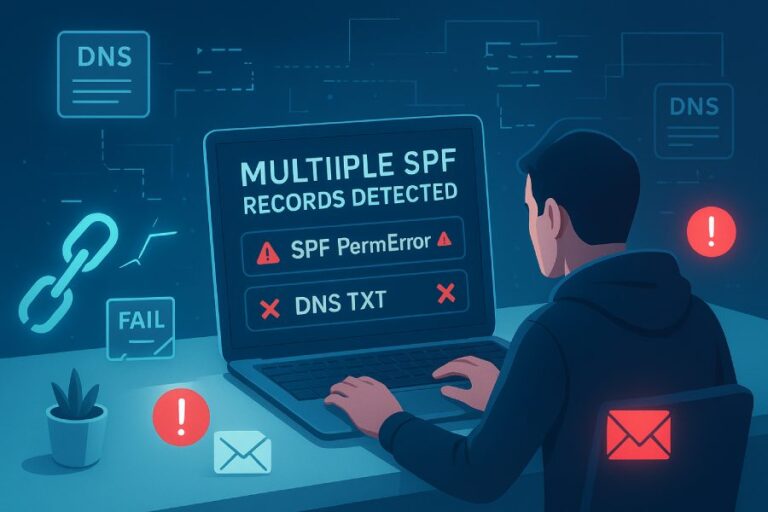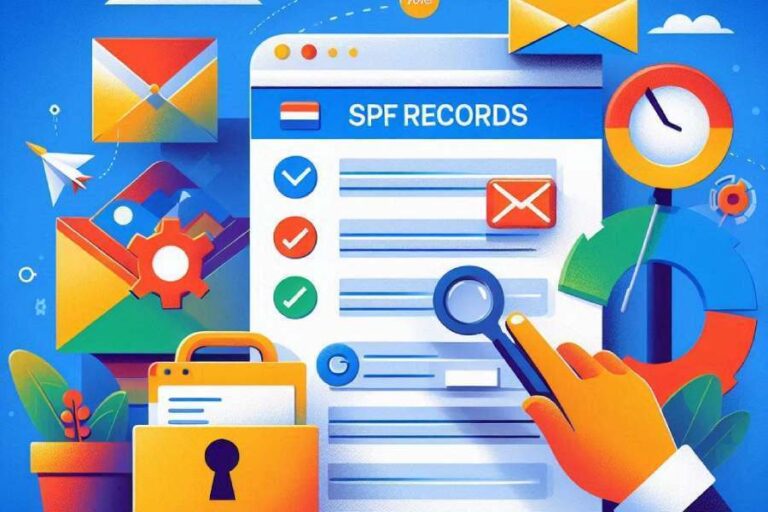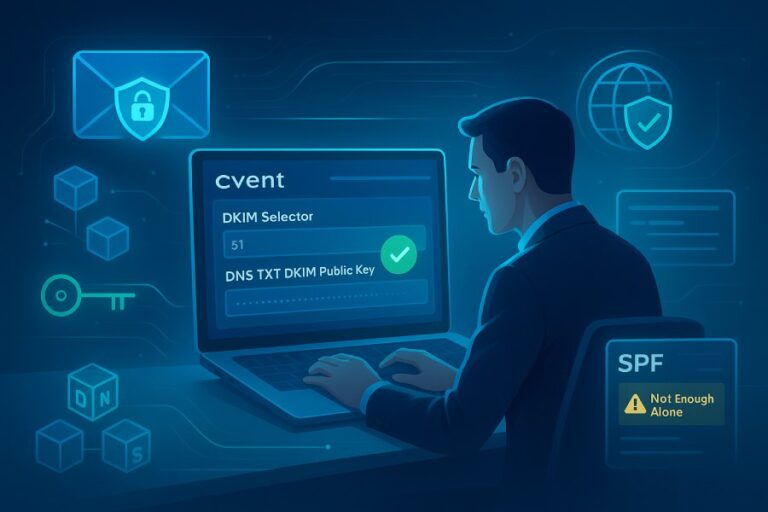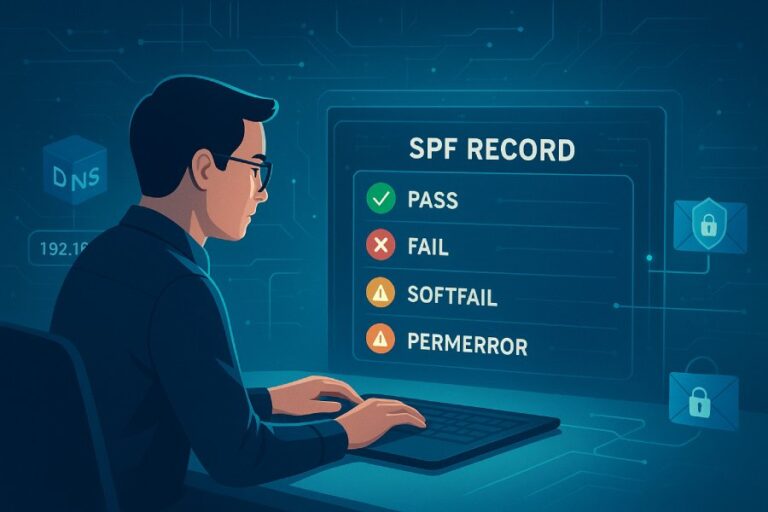AutoSPF Guide: How to Configure SPF & DKIM with Barracuda
Email spoofing, phishing, and deliverability issues remain a big challenge for any organisation sending email at scale. That’s why combining authentication standards — like Sender Policy Framework (SPF) and DomainKeys Identified Mail (DKIM) — with a well-configured gateway like Barracuda is vital. This guide walks you through how to correctly set up SPF and DKIM…

